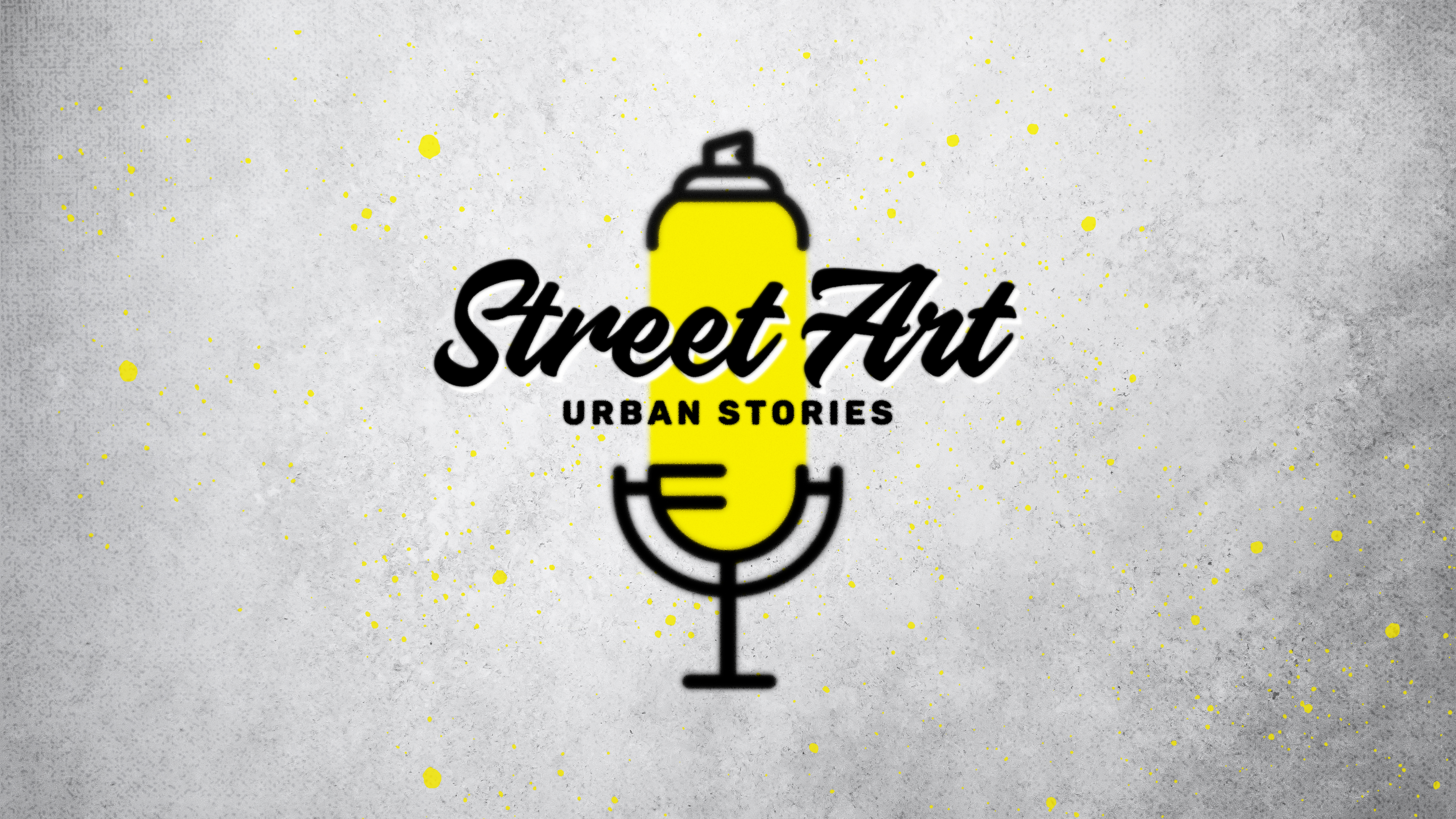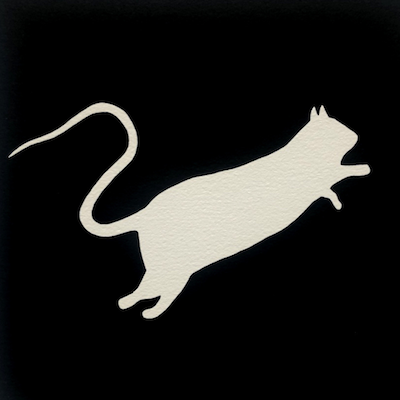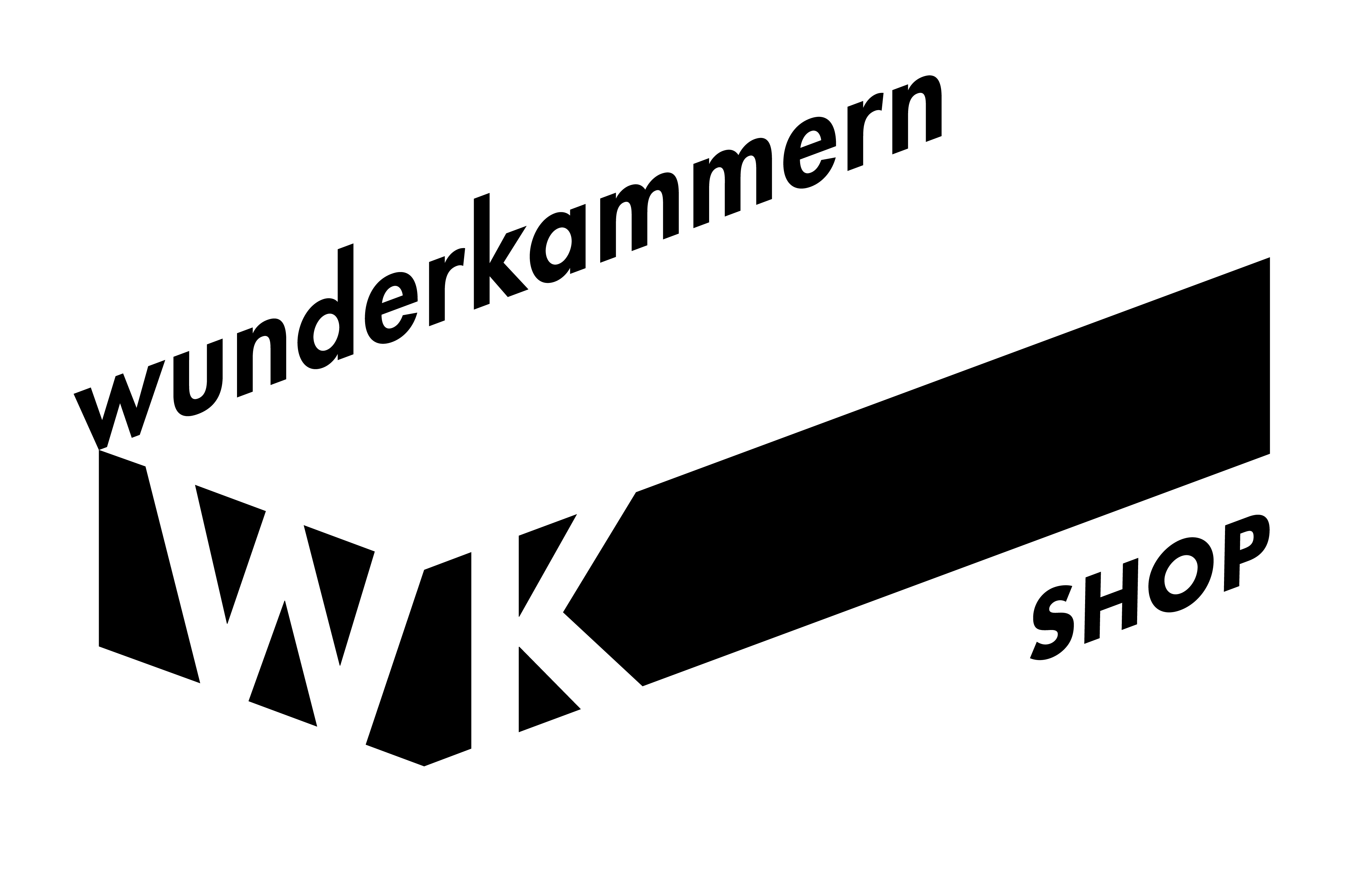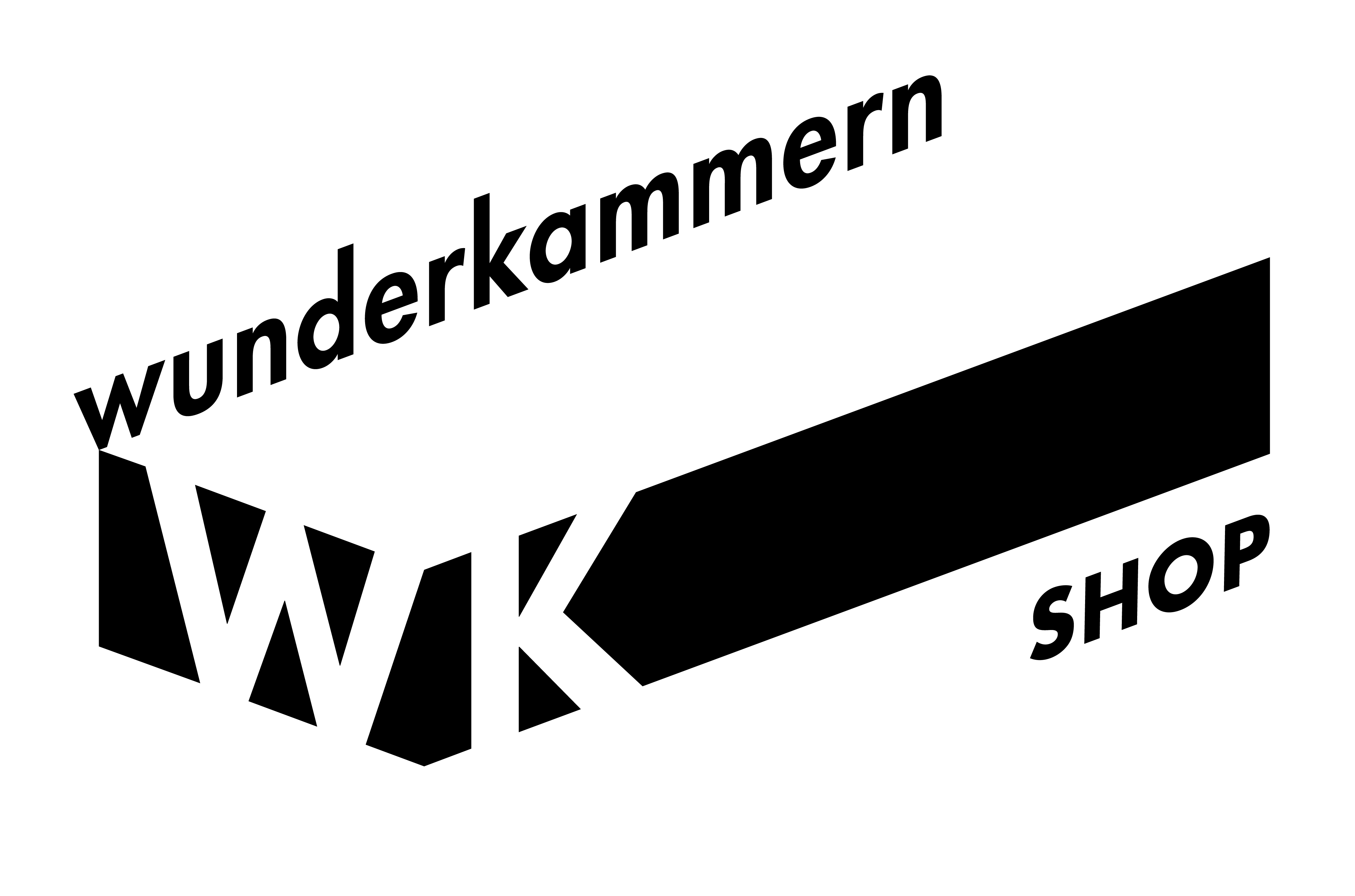
Once underground and often condemned as vandalism, Street Art has now become one of the most dynamic and fascinating segments of the contemporary art market.
Its evolution — from graffiti on New York subway cars to multi-million-dollar auctions — tells the story of a deep cultural transformation, crossing boundaries of legality, aesthetics, and increasingly, technology.
In this episode of the Street Art: Urban Stories podcast, we explore the Street Art market and its growing connection with the digital world, joined by Deodato Salafia, founder of the Deodato Group and a key figure in contemporary art.
His perspective guides us through a journey that brings together urban art and innovation, at a time when streets, galleries, and the web merge into a single cultural ecosystem.
Street Art: From Rebellious Act to Collectible Object
Born from the tags of New York writers in the 1970s and large-scale political and social murals, Street Art has always had a rebellious and spontaneous spirit. Yet over the past twenty years, something has changed: artists like Banksy, Jean-Michel Basquiat (originally linked to the underground scene), JR, KAWS, and Obey have become international market leaders.
Their works are displayed in museums, sold at major auction houses, and sought after by collectors around the world.
The Influence of Digital: NFTs, Online Experience, and New Collectors
One of the most significant turning points has been the arrival of digital technology. Blockchain and NFT technologies have introduced new ways to experience, buy, and authenticate artworks. No longer limited to murals or prints, artworks are now created to live also — or solely — in the virtual space.
Deodato emphasizes how this change is opening the market to a younger, more cosmopolitan audience, one that is attentive to innovation and new digital dynamics.
Galleries and Auction Houses: Mediators of a New Market
The professionalization of the sector has also passed through the work of galleries and auction houses. Organizations like the Deodato Group have played a crucial role in giving visibility and legitimacy to urban artists, building bridges between the street and the world of collectors.
Digital exhibitions, virtual tours, exclusive social content — everything contributes to making Street Art an accessible and engaging experience.
A New Art Form, a New Way of Collecting
The boundary between urban art and official art is becoming increasingly blurred. While Street Art still retains its ties to the street and social commentary, it has also adapted to the economic and technological dynamics of today, becoming a compelling asset in the art market.
Street Art is no longer just a revolutionary gesture, but also a mirror of the cultural and digital changes of our time. From the wall to the museum, from spray paint to token — urban art continues to evolve and surprise us.




 Register
Register
